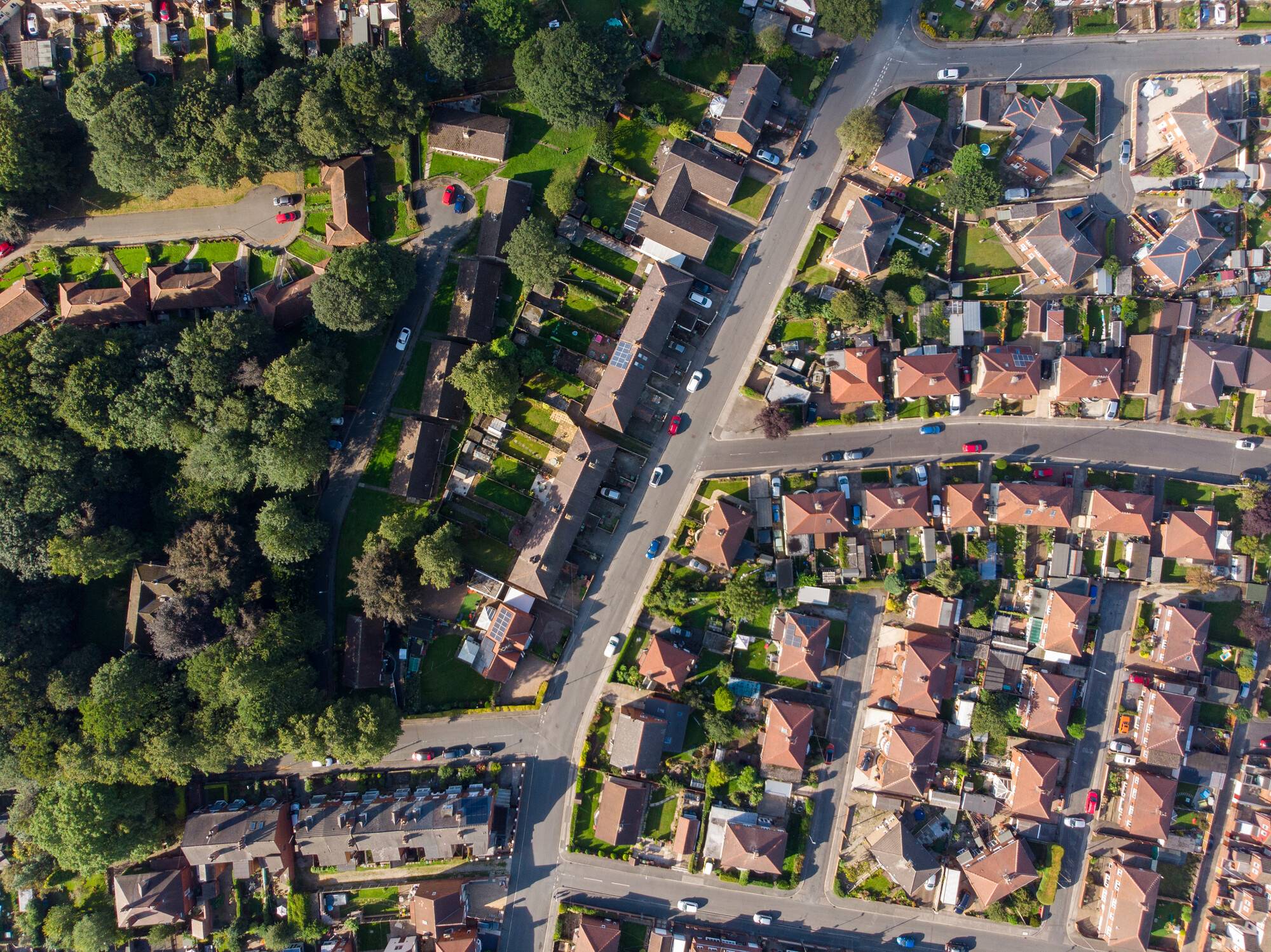Census 2021
West Yorkshire results from the 2021 Census and changes over the last 10 years.
Every ten years the Census gives us a complete picture of all the people and households in the UK. The census asks questions about you, your household and your home. In doing so, it helps to build a detailed snapshot of our society. It allows us to compare different groups of people across the UK because the same questions are asked, and the information is recorded in the same way throughout the UK. The Census provides critical information that we and our district partners need to evidence policies & strategies, as well as helping us to plan and run public services and allocate funding.
Below are summary slide packs that examine what the results look like for West Yorkshire and what changes have occurred over the last 10 years.
First Release
Released in June 2021, this initial data set covers rounded counts of households and people, including population by sex and 5-year age bands. We can use this to look at how the population-age profile of West Yorkshire has changed through time.
Sexual Orientation and Gender Identity
Released in early January 2023, this topic summary is particularly important as it marks the first time questions about sexual orientation and gender identity have been included on the Census.


Housing
Released in early January 2023, these data tables cover accommodation type, tenure, rooms, bedrooms and occupancy, central heating type as well as car ownership.
Labour Market & Travel to Work
Released in early December 2022, these data tables cover economic activity, occupation, industry, as well as main mode and distance travelled to work.
There are some important caveats with this release associated COVID-19. The Census 2021 took place in March 2021 during the COVID-19 pandemic, a period of unparalleled and rapid change which included:
- national lockdowns
- guidance requiring people to work at home where possible and avoid using public transport
- the closure of non-essential retail and businesses
- a national job support scheme known as furlough
These measures have affected the labour market and travel to work topic and a full list of caveats are listed below. As a result, please take care when using these data for planning and policy purposes.


Ethnicity, Language & Religion
Released at the end of November 2022, these data tables cover ethnic group, main language spoken, English proficiency, and religion. Like other releases, as the data is available at neighbourhood level it provides an opportunity to examine it in relation to deprivation.
Demography & Migration
Released in early November 2022, these data tables cover counts of people (by single year of age) down to neighbourhood level, as well as martial status, living arrangements (e.g. in a couple/with children), and also passports held, and country of birth.

